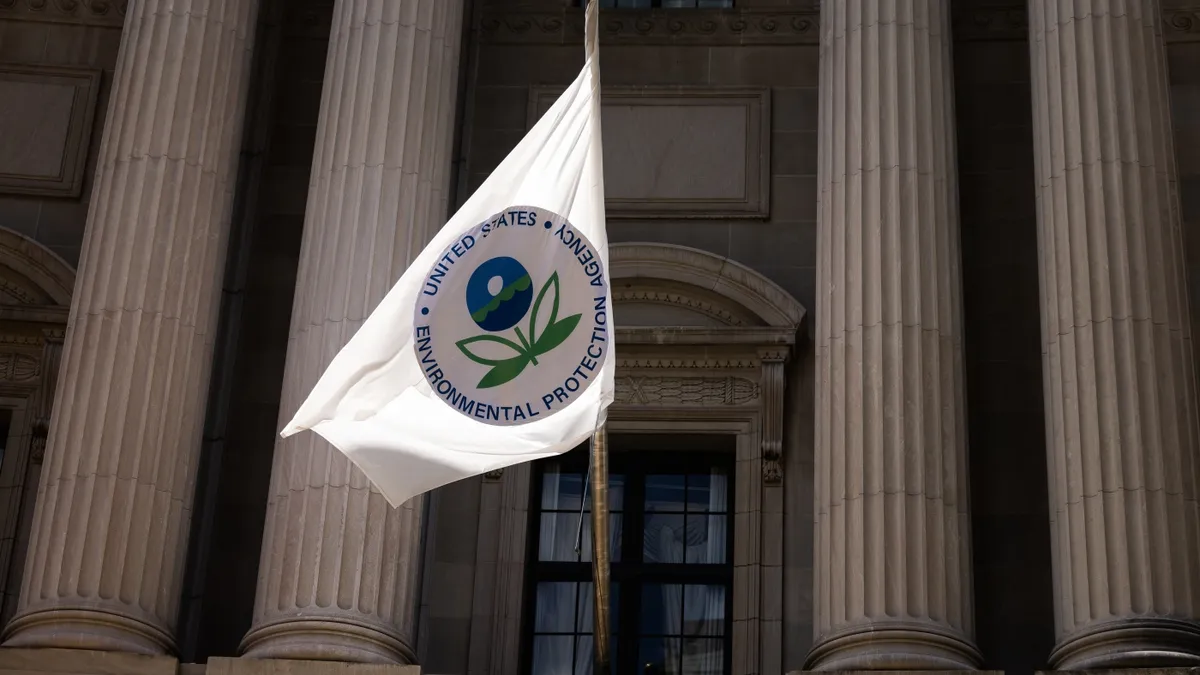
The Environmental Protection Agency (EPA) is set to close its scientific research arm, a move that aims to downsize the federal government under the Trump administration. This decision involves the shuttering of the Office of Research and Development (ORD), which plays a crucial role in analyzing various environmental hazards, including toxic chemicals, climate change, smog, wildfires, indoor air contaminants, water pollution, and drinking water pollutants.
The ORD is not only responsible for conducting vital research but also manages grant programs that fund universities and private companies engaged in environmental studies. EPA Administrator Lee Zeldin stated, "Under President Trump's leadership, EPA has taken a close look at our operations to ensure the agency is better equipped than ever to deliver on our core mission of protecting human health and the environment while powering the great American comeback." This reduction is part of a broader initiative to cut 23% of the EPA's workforce, which is projected to save approximately $748.8 million.
Despite the downsizing, the EPA plans to introduce new laboratory functions and hire hundreds of experts in scientific, technical, bioinformatic, and information technology roles. These professionals will be integrated into the EPA's air, water, and chemical offices, complementing the existing workforce of thousands of scientists and engineers. Furthermore, the agency will establish a new Office of Applied Science and Environmental Solutions, designed to enhance the prioritization of research and science in rulemaking and technical assistance to states.
In a statement to NPR, the EPA confirmed that some employees would be reassigned, with no layoffs occurring at this stage. However, they indicated that layoffs could be the next step in this process. This has raised concerns among various stakeholders about the implications for environmental research and policy.
Democratic Representative Zoe Lofgren from California, who serves as the ranking member on the House Science, Space, and Technology Committee, condemned the cuts, stating, "Administrator Zeldin has finally confirmed what he has denied for months — the destruction of the Office of Research and Development." She criticized the administration for replacing dedicated scientists with political appointees and expressed concern about the long-term impacts on American health and safety.
Kyla Bennett, director of science policy for the nonprofit Public Employees for Environmental Responsibility (PEER), echoed these sentiments. She warned that the elimination of the ORD would severely cripple the EPA's ability to conduct its own research and effectively utilize the research produced by others. Bennett characterized the cuts as short-sighted, stating, "These reductions will leave the EPA flying blind and unable to use the best available science, ultimately affecting every American."
On the other hand, the American Chemistry Council, which represents chemical manufacturers, expressed support for the EPA's efforts to evaluate its resources. They emphasized the importance of ensuring that taxpayer dollars are utilized efficiently and effectively to meet the agency's statutory requirements, even if it means reallocating resources from certain offices.
As of January, the EPA's workforce comprised approximately 16,155 employees, but that number has since dropped to 12,448. In addition to the cuts to the ORD, the agency has also eliminated its Environmental Justice and Diversity, Equity, and Inclusion programs, signaling a significant shift in the agency's approach to environmental policy and research.